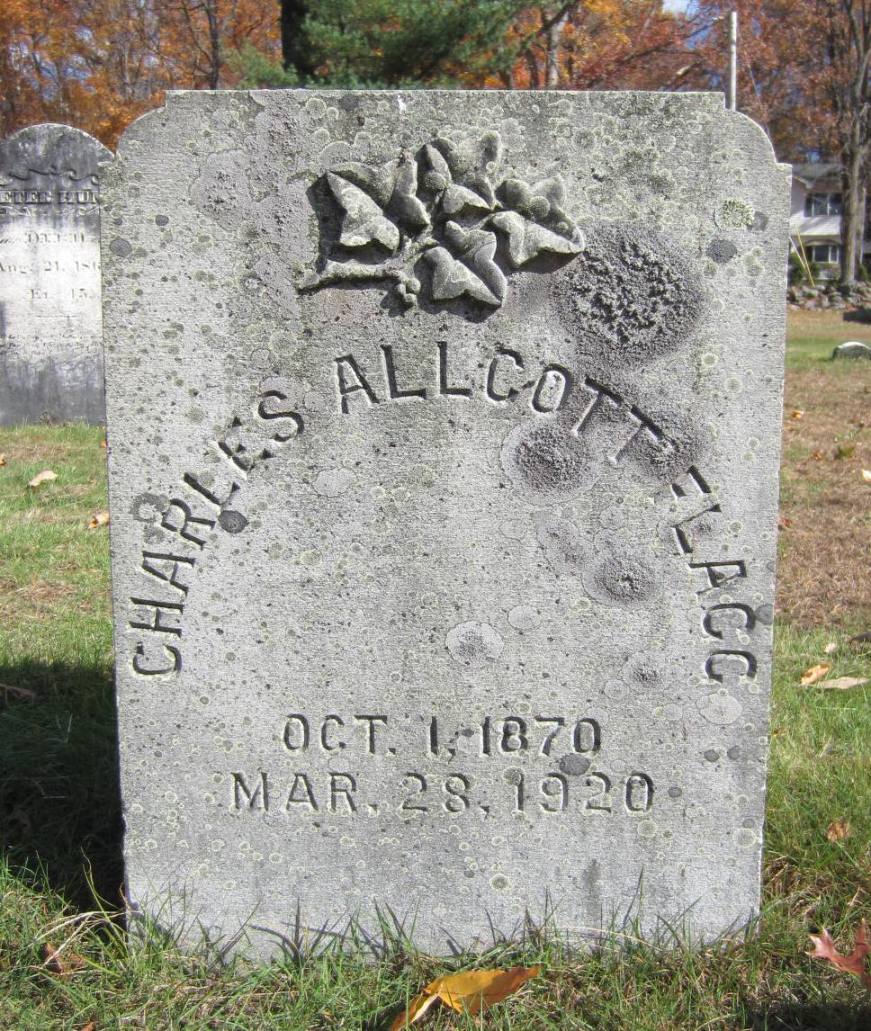---
Earlier, there was some discussion about blogs and genealogy (some are for, some against). Too, one can consider the use of blogs in other fields.
Reminder: The technology behind the web was motivated by the need for dispersed scientists, using disparate systems while collaborating, to have easy access to the material that was related to their common interests or to their joint efforts. In brief, a means for sharing results in a more full sense than was allowed by email and attachments (even with ftp).
So, we ought to always be poking around the web and establishing some type of structure (will get back to this in a bazaar/cathedral discussion). Not only do new things come forth daily, what is presented from searching is very much a function of search methods and query configuration.
In such a mode (no, not trolling), I ran across, again, some more work by Dr. Frank A. and his sister, Lucie M. Namely, the Massachusetts Magazine that they helped get started and supported for several years.
My intent is to document this effort on Wikipedia (see my sandbox), but, in the meantime, this pointer is to Vol. I (Google books). In this edition, Dr. Frank writes about "Col. John Glover's Marblehead Regiment." He also has a nice little rundown of "The Founders of the Mass. Bay Colony."
On page 82, Lucie M. writes about a meeting of "The Old Planters Society" and mentions "The Gardner Family Association" which we will be researching. Both archive.org and Google have digitized versions of the first meeting of this group (June 9th, 1900). We referenced this meeting in an earlier post (Old Planters, Massachusetts).
Vol. I of Massachusetts Magazine was dated 1908. The magazine was still being published in 1917 (see the sandbox for a growing collection of digitized versions). The editor was Thomas Franklin Waters who wrote extensively on Ipswich, MA.
---
Some might say that, given the metaphor of cathedral/bazaar (relates to computing in many ways, to be discussed), that the blog is more the bazaar than the cathedral. Not necessarily so. Do we need structure as implied by cathedral? Yes, but ... (ah, Miscellany) ...
Remarks: Modified: 12/26/2021
05/21/2015 - Dr. Frank's article, reprinted: John Endicott and the men who came to Salem in the Abigail in 1628.
05/22/2015 - Not to be confused with an earlier effort by T.M. Harris, 1794 (Vol. VI, No.VII). ... Hathi Trust comes through again: list from Harvard and Princeton.
12/18/2016 -- Article about the TMM published in The Gardner Annals, Vol. III, No. 1.
02/16/2018 -- The last issue of The Massachusetts Magazine was in January of 1918. There were several factors that contributed to the demise of the periodical, such as WWI and the draft. As well, we will look more closely at the Spanish Flu which peaked in the fall of 1918 with Boston as ground zero.
 02/12/2019 -- While researching earlier, we kept running into references to an old magazine. Did not pay attention until later when we saw Dr. Frank as part of the editorial effort. Then, we found out that he had been a regular contributor, to boot, as well as had his sister, Lucie. So, we dug into the archives and read all of the issues, in a browse mode. We captured the TOC of each issue. These have now all been printed (on paper), after TGA Vol. IV was completed in the fall of 2018. We have a page that is devoted to The Massachusetts Magazine.
02/12/2019 -- While researching earlier, we kept running into references to an old magazine. Did not pay attention until later when we saw Dr. Frank as part of the editorial effort. Then, we found out that he had been a regular contributor, to boot, as well as had his sister, Lucie. So, we dug into the archives and read all of the issues, in a browse mode. We captured the TOC of each issue. These have now all been printed (on paper), after TGA Vol. IV was completed in the fall of 2018. We have a page that is devoted to The Massachusetts Magazine. 12/26/2021 -- General Glover and Washington using TMM articles.































